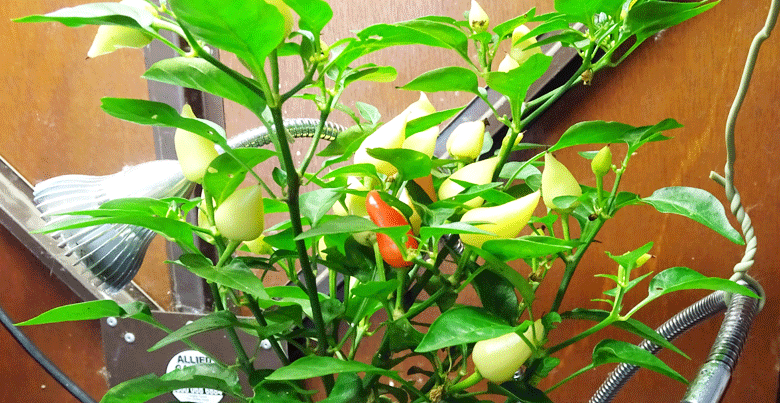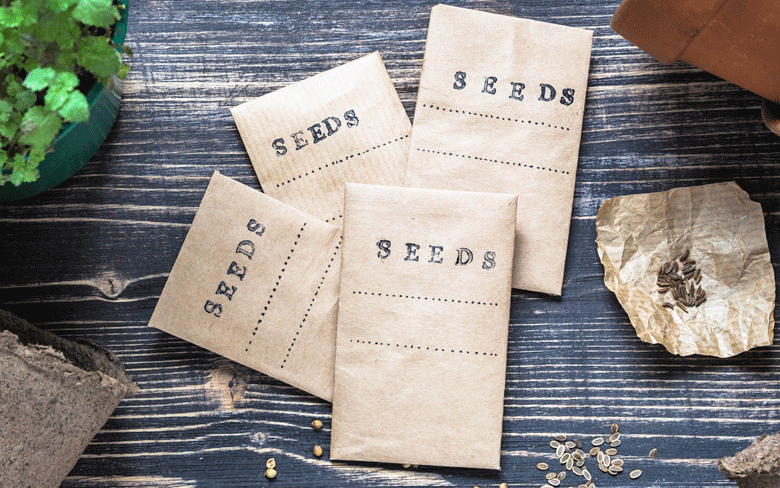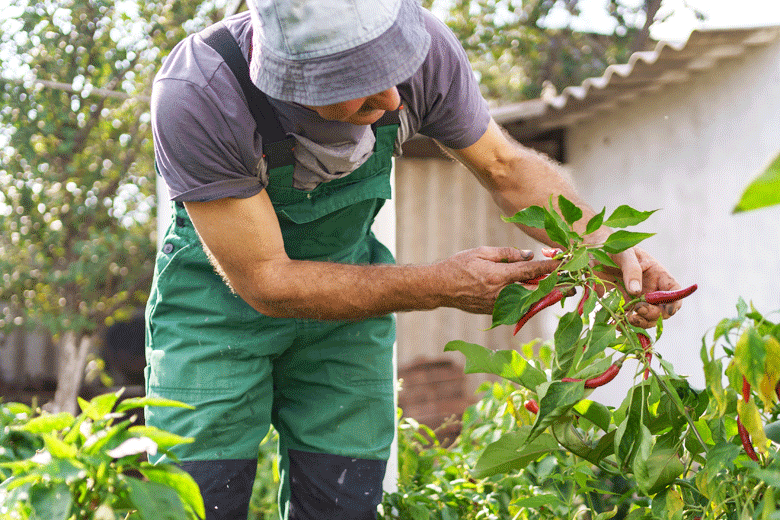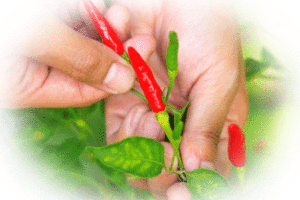Improving yields
An essential element for encouraging fruit set is phosphorous. Phosphorus, along with nitrogen and potassium, constitutes one of the three primary nutrients that plants require for optimal growth. Its significance lies in its vital role in various plant processes, including energy transfer, photosynthesis, and the synthesis of DNA and RNA. However, when considering chilli plants and their flowering stage, phosphorus takes centre stage due to its specific importance.
phosphorus takes centre stage due to its specific importance.
During the flowering phase, chillies undergo a remarkable physiological transformation. They redirect their resources from leaf and stem development towards the production of captivating flowers, which ultimately give rise to the formation of delectable fruits. This transition necessitates an ample supply of phosphorus to support the intricate metabolic processes involved in flower initiation and development. Phosphorus acts as a key player in the biochemical reactions responsible for the formation of floral structures, including the differentiation of reproductive tissues and the generation of vibrant petals.
Furthermore, phosphorus plays a crucial role in regulating the timing and intensity of flowering in chilli plants. It influences the expression of flowering-related genes and the synthesis of floral hormones, thereby influencing the plant’s ability to undergo successful flowering.

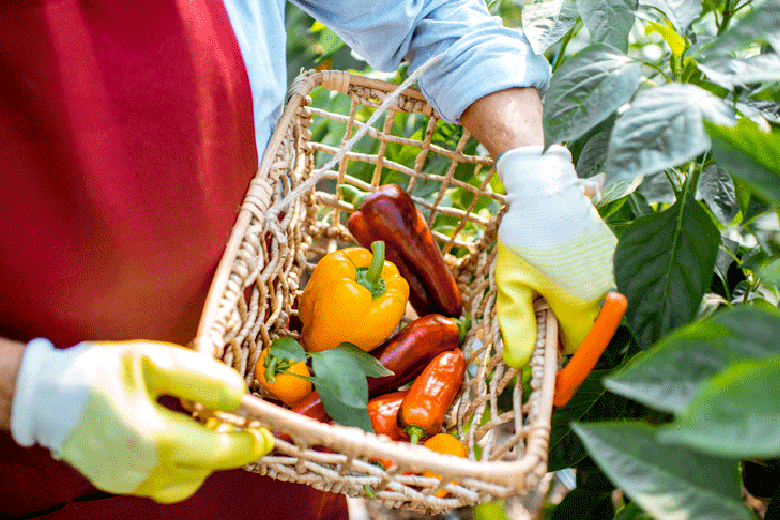
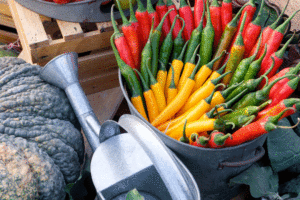 will also cover what precautions should be taken to protect the young plants against unwanted pests like
will also cover what precautions should be taken to protect the young plants against unwanted pests like 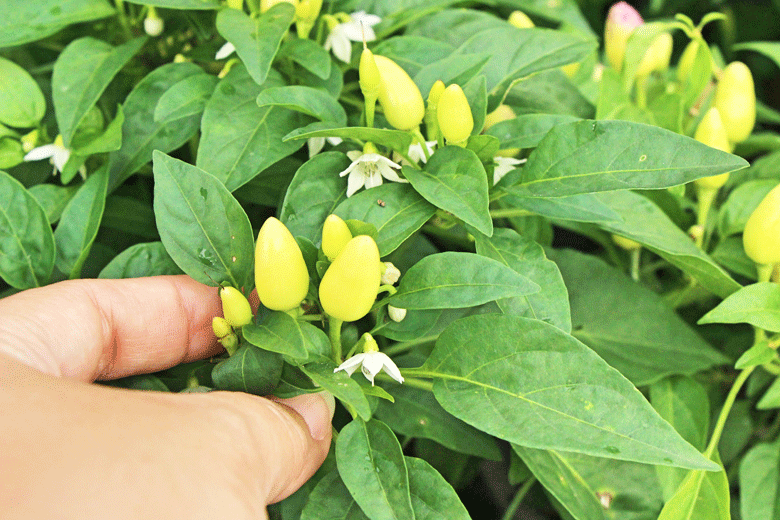
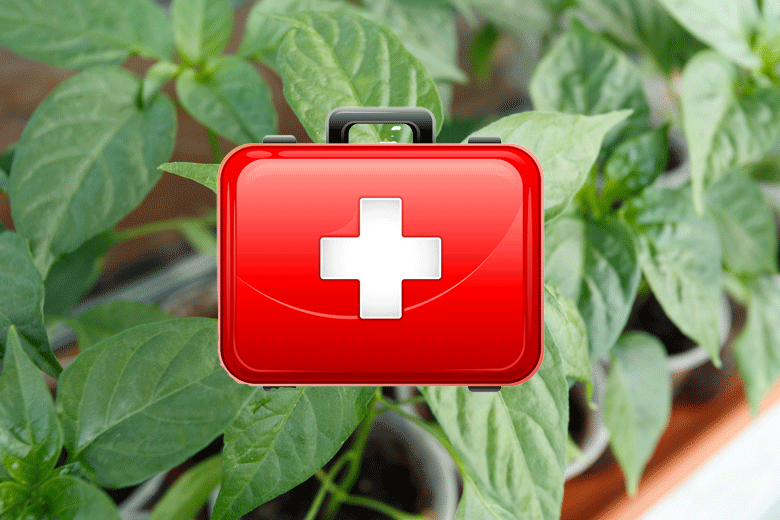
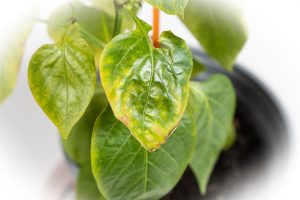 healthier growth in these plants.
healthier growth in these plants.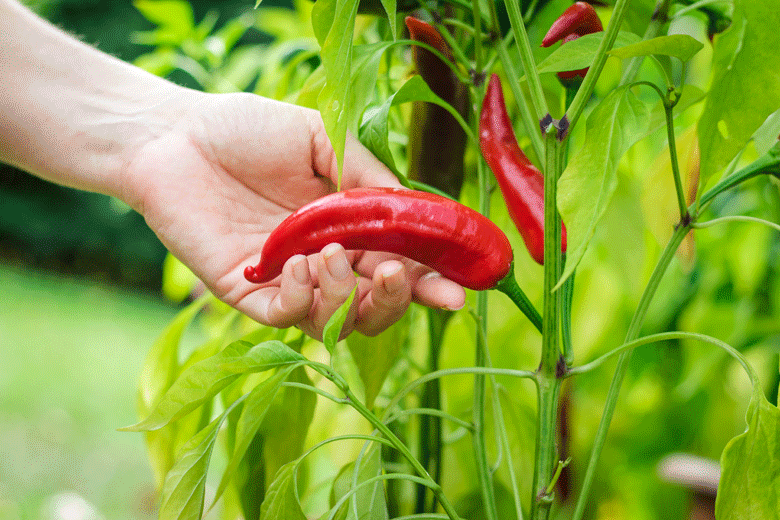 Let’s make it happen!
Let’s make it happen!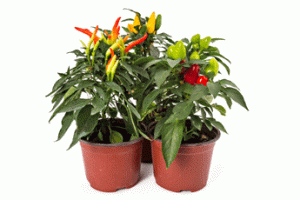
 A well rounded program
A well rounded program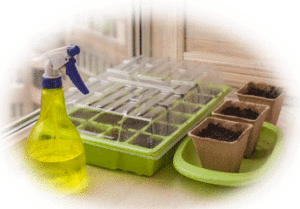
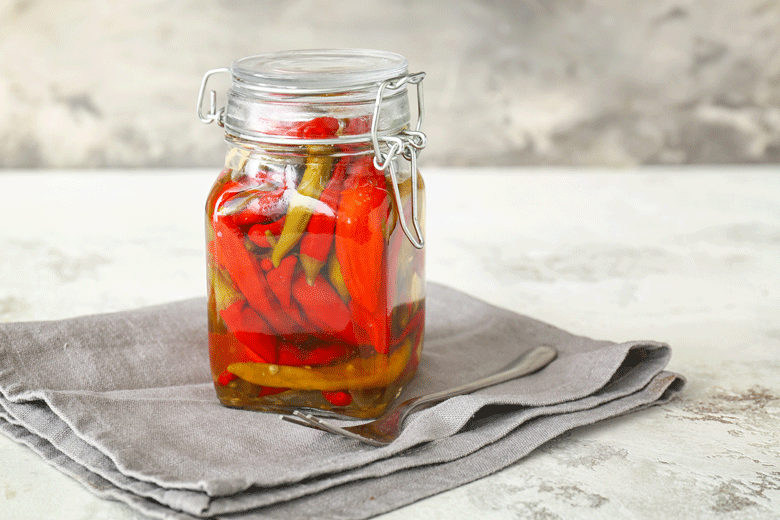
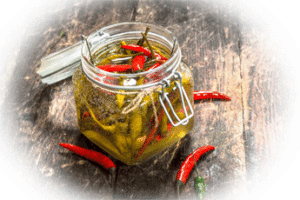 and a sharp knife.
and a sharp knife.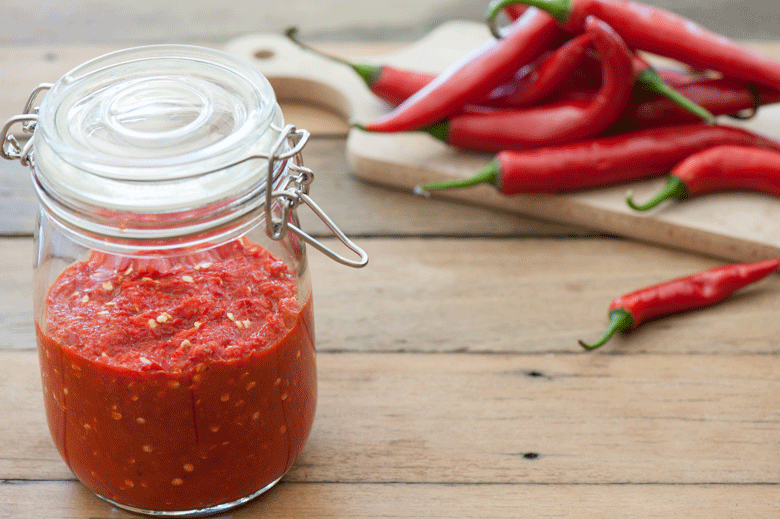
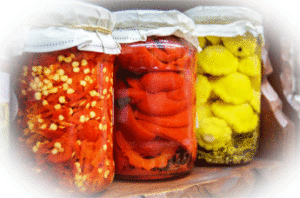

 great indoor ornamental plants
great indoor ornamental plants